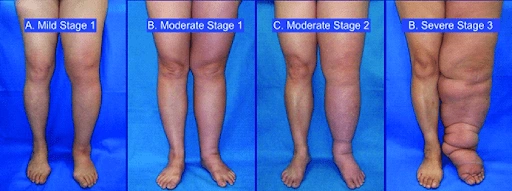Vein Conditions
VEIN CONDITIONS
About Phoenix Heart Vein Clinic
The Phoenix Heart Vein Clinic is dedicated to the prevention and treatment of all stages of Venous Disease. The Vein Center treats patients using the industry’s most cutting edge technology and non-invasive procedures. All diagnostic testing is done on- site for your convenience and is accredited by the American College of Radiology. Your treatment plans will be customized for you by our Vascular Experts. Our health insurance coordinators will work with your health insurance company to make sure that you receive the best coverage for you medical treatments.

The Vein Center at Phoenix Heart
VEIN CONDITIONS
The Origin of Vein Disease
Blood in the legs normally flows towards the heart. The direction of flow is maintained by valves in the veins which present the blood from flowing backwards. If the valves do not close properly blood is allowed to flow backwards. The blood then “pools” in the veins causing added pressure that stretches the walls of the veins , enlarging them. These veins are known as Varicose Veins.
This backward flow of blood is called Venous Insufficiency.



Understanding Vein Disease
The most common CAUSES include:
- 80% Heredity
- Long periods of sitting or standing
- Pregnancy
- Trauma
- Blood Clots
- Obesity
- Vein valve weakening
The most common SYMPTOMS include:
- Pain, aching, throbbing g or cramping
- Swelling
- Heaviness or tired ness
- Burning or a tingling sensation
- Tender areas around the veins
- Restless legs
The most common SIGNS include:
- Spider veins
- Varicose veins
- Swelling / Edema
- Skin color and texture changes
- Venous Ulcers

Spider Veins:

Varicose Veins:

Skin Changes:

Venous Ulcers:

Leg Swelling & Lymphedema:
Lymphedema involves blockage of the lymph vessels, with a resulting accumulation of lymphatic fluid in the interstitial tissues of the body. This then causes swelling or edema that is most often seen in the arms and legs.
There is no cure for lymphedema and once it develops, it can be a long-term condition requiring daily treatment. But medical management can significantly improve your lifestyle.
Signs and Symptoms
- Swelling of part of your arm or leg or your entire arm or leg, including your fingers or toes, torso or groin
- A feeling of heaviness or tightness in your arm or leg
- Restricted range of motion in your arm or leg
- Aching or discomfort in your arm or leg
- Recurring infections in your affected limb
- Hardening and thickening of the skin on your arm or leg

Stages of Leg Swelling and Lymphedema




You Are Not Alone:
-
1
Primary:
Primary lymphedema is an inherited condition, where the patient is born without lymph vessels and nodes. The swelling associated with primary lymphedema usually occurs during adolescence and affects the foot or calf. -
2
Secondary:
Secondary lymphedema, or acquired lymphedema, develops as a result of an injury to the lymph system.

